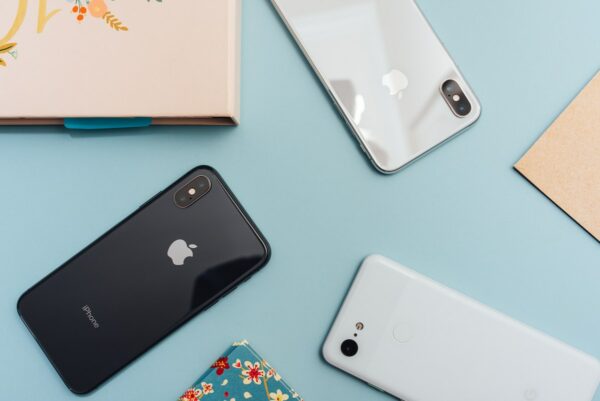How to Choose the Best Mobile Network in the UK
SPONSORED POST
Choosing a mobile carrier to provide you with mobile service in the UK is usually a rather straightforward process, as there are only a handful of providers to choose from, and most plans are clearly described and well-documented on each of the carriers’ websites. However, for the novice mobile user who has never had a plan with a carrier before, comparing plan features and prices can look a lot like comparing apples and oranges if you don’t know what to look for. To help you out, let’s look at some of the major carriers in the UK and how you can go about choosing a service that will be right for your specific needs and preferences:
1. Get to Know the UK’s Major Carriers
Before you can make a selection you’ll need to become familiar with the main competitors. In the UK there are only five major carriers at the moment: Orange, O2, Three, T-Mobile, and Vodafone. While there are other mobile networks in the UK aside from these five, they all run on one of the aforementioned carriers’ networks. For example, Tesco’s service runs on O2’s mobile network, while Virgin Mobile UK and EE actually run both the Orange and T-Mobile networks combined. Thus, EE, Virgin, T-Mobile, and Orange are often cited as having the best coverage maps because of their network partnerships.
2. Find Out Which Network Has the Best Coverage in your Area
Once you’ve become familiar with the main carriers in the UK, you’ll want to start comparing coverage maps to see which one provides the most reliable and strongest signal in your area. While it is possible to check each carrier’s coverage map separately, it’s much easier to compare coverage by using a single coverage comparison map or an app like OpenSignal. Last year, the Daily Mail used OpenSignal to generate a few maps and conduct a thorough coverage comparison in each of the UK’s main regions. However, if you want the most recent coverage data, you’ll need to either refer to the carrier directly or use the most recent version of the OpenSignal app.
3. Understand Device Usage and Purchasing Terms
If you plan on purchasing a smartphone on contract through the carrier, you may want to go ahead and research whether you’ll be able to unlock the device, and if so, what will be involved in doing so. While most major carriers provide the option to unlock for a fee, there are some kinds of phones that may be barred or blocked from being unlocked. If you already have an iPhone that needs to be unlocked before it can be switched over to a different carrier, your best may be to enlist the assistance of a premium unlocking service, one of the most popular of which can be found at unlockingsmart.co.uk. Unlocking your device will let you use it on more than one carrier network, thereby giving you the power to choose which service you want to pay for.
Ultimately, the carrier you choose should be up to your personal preference, budget, mobile needs, and desired coverage area, with the latter being the most important. When comparing coverage areas make sure you take into account the regions you most frequently visit and work, as well as your main place of residence. For the most extensive coverage, you might want to look into some of the newer dual-SIM devices that let you run a single device on two different networks at the same time.








